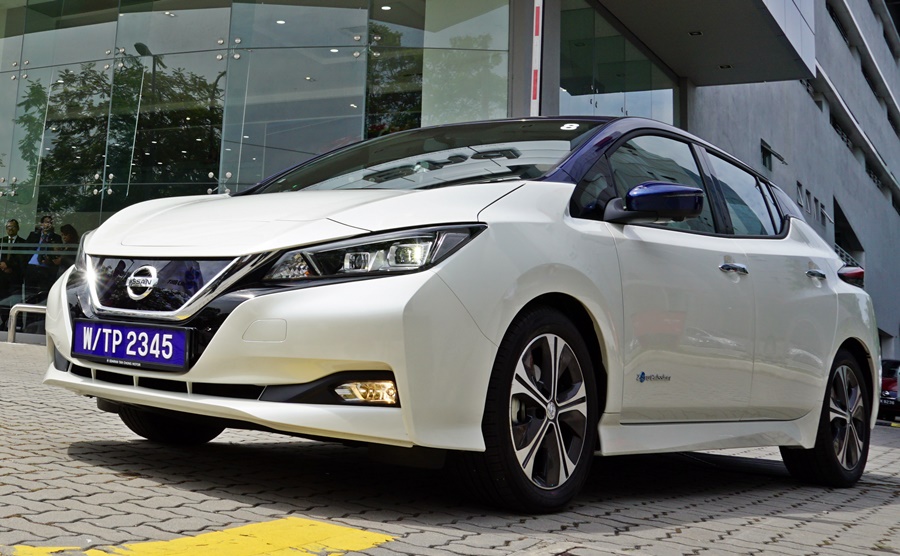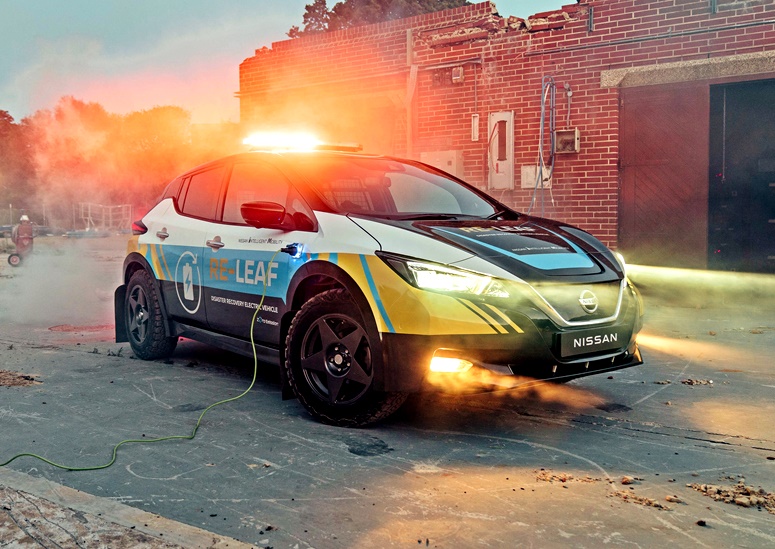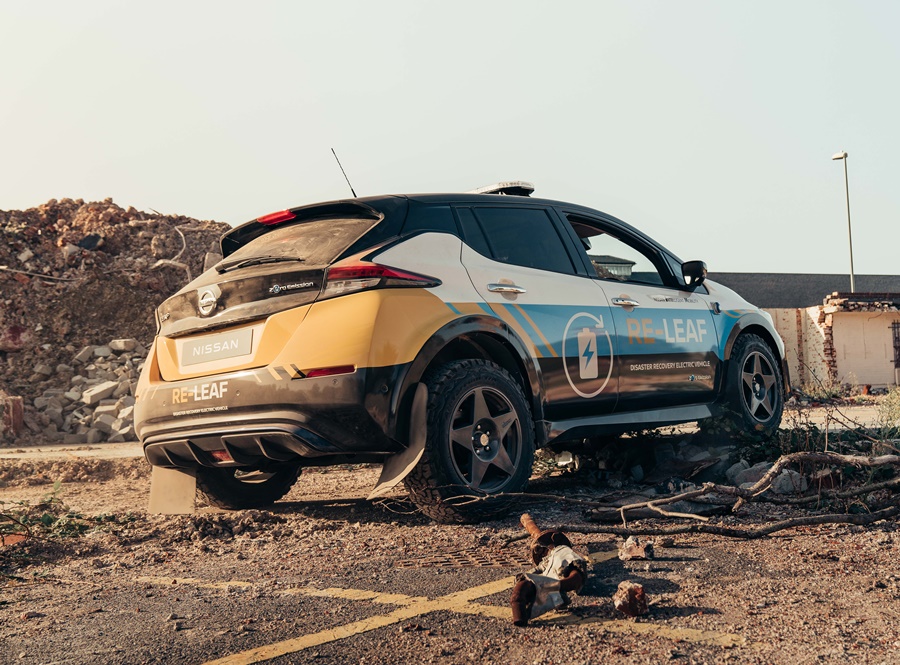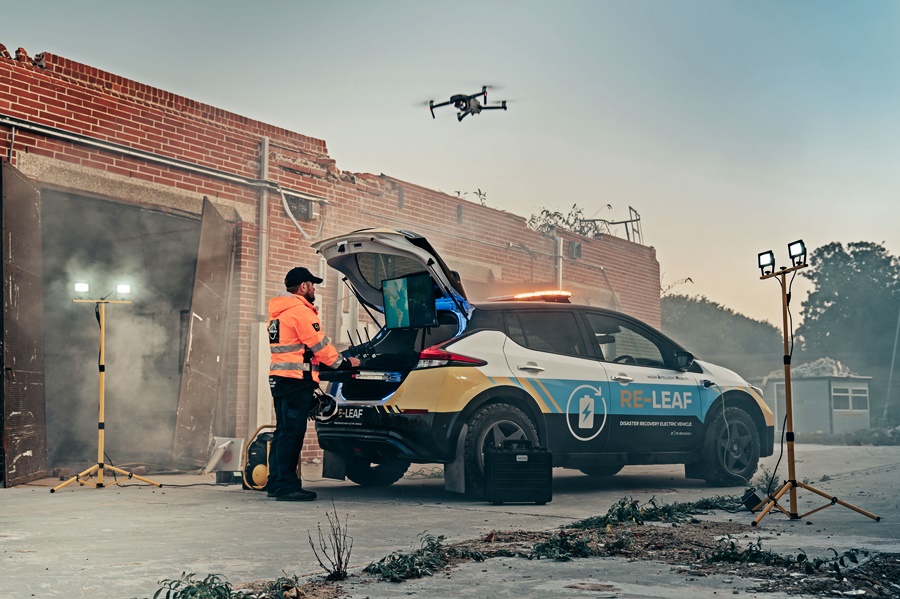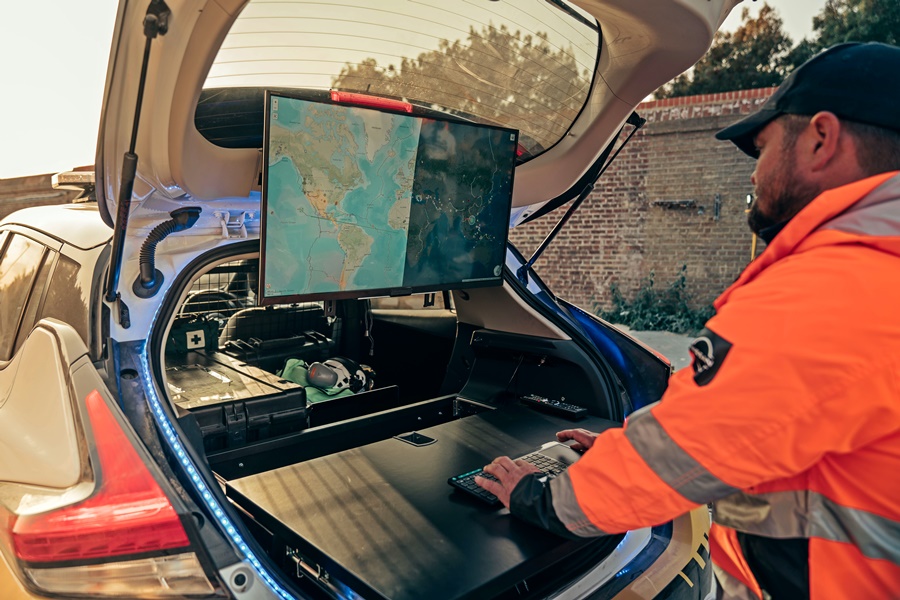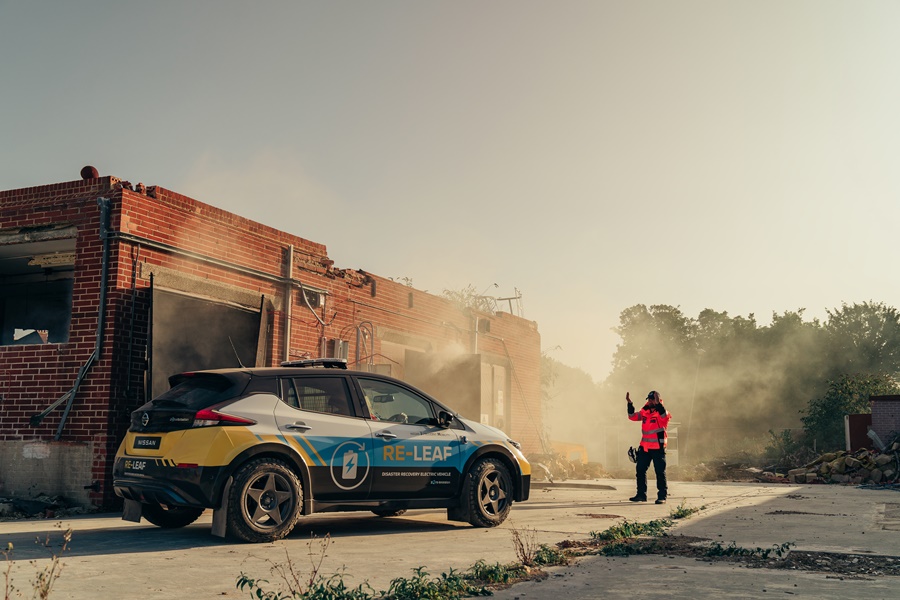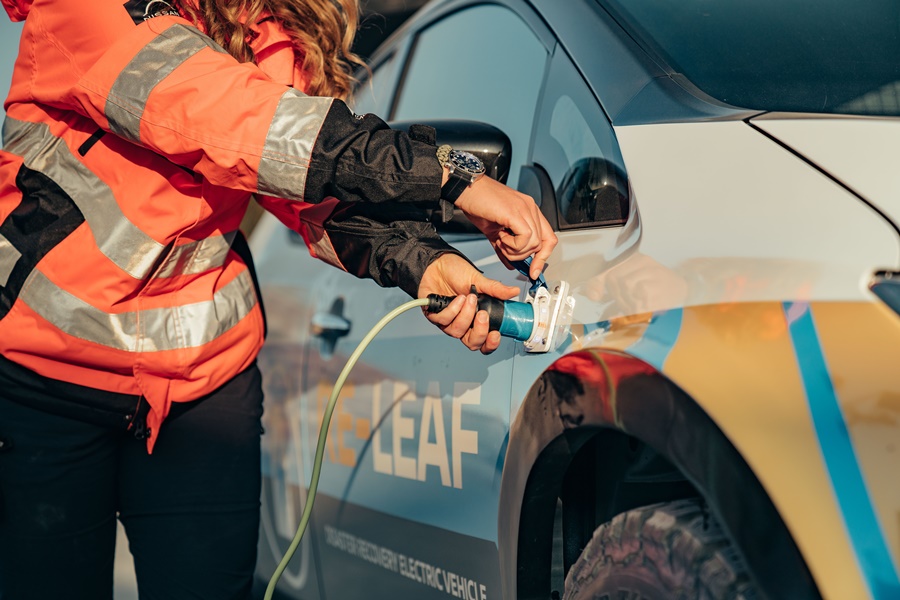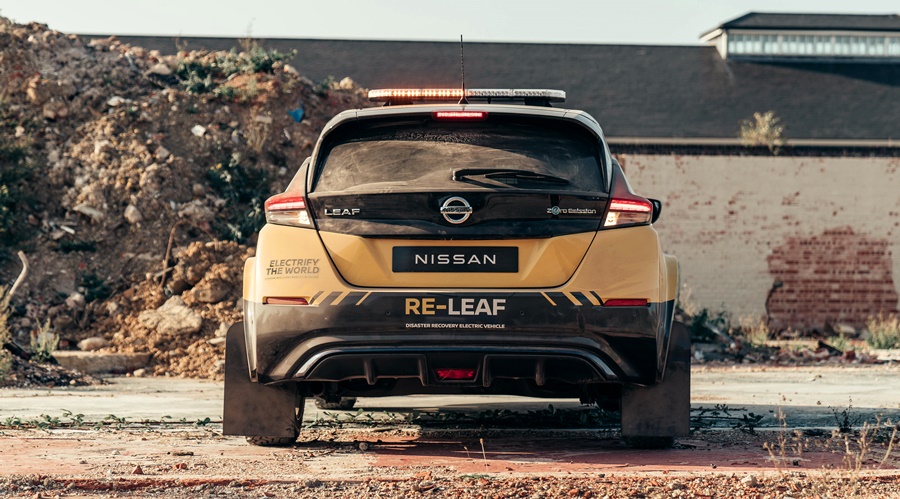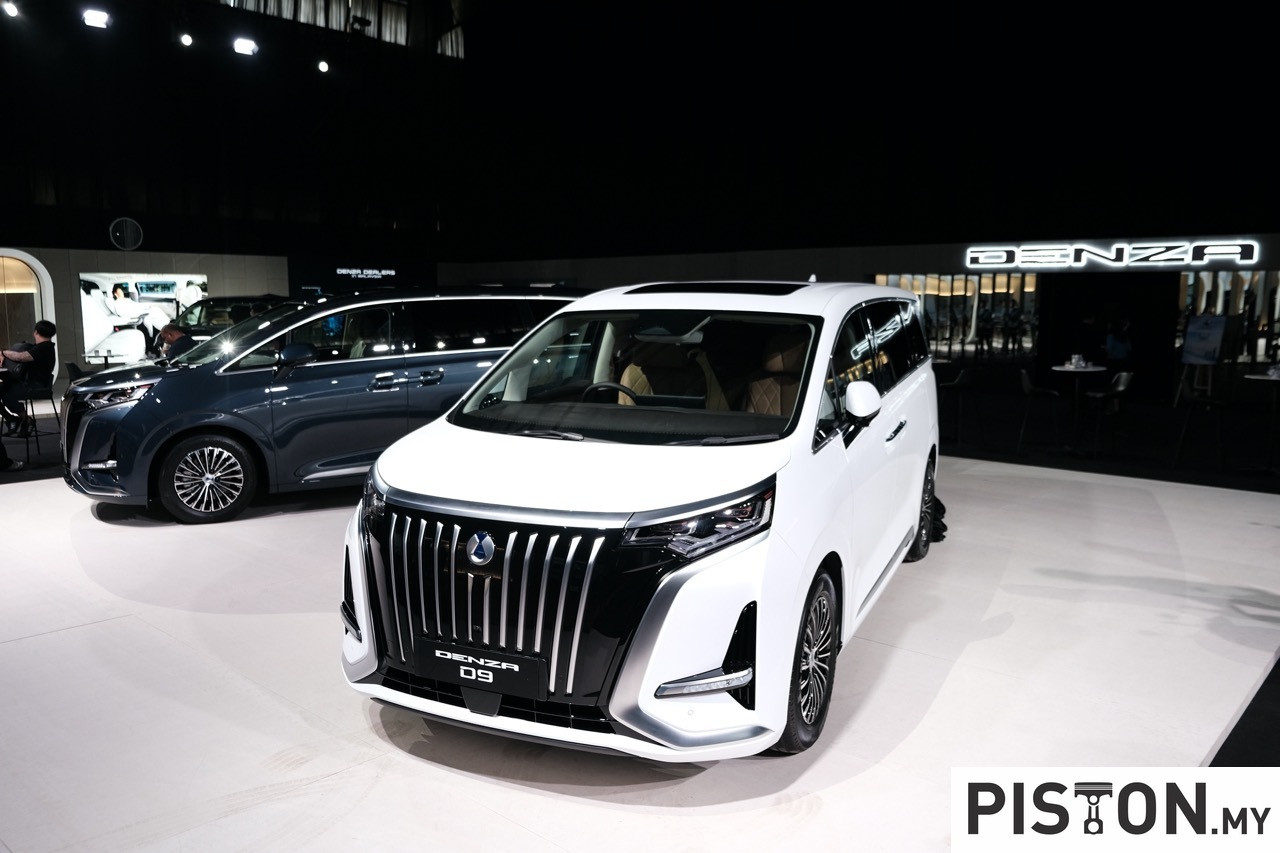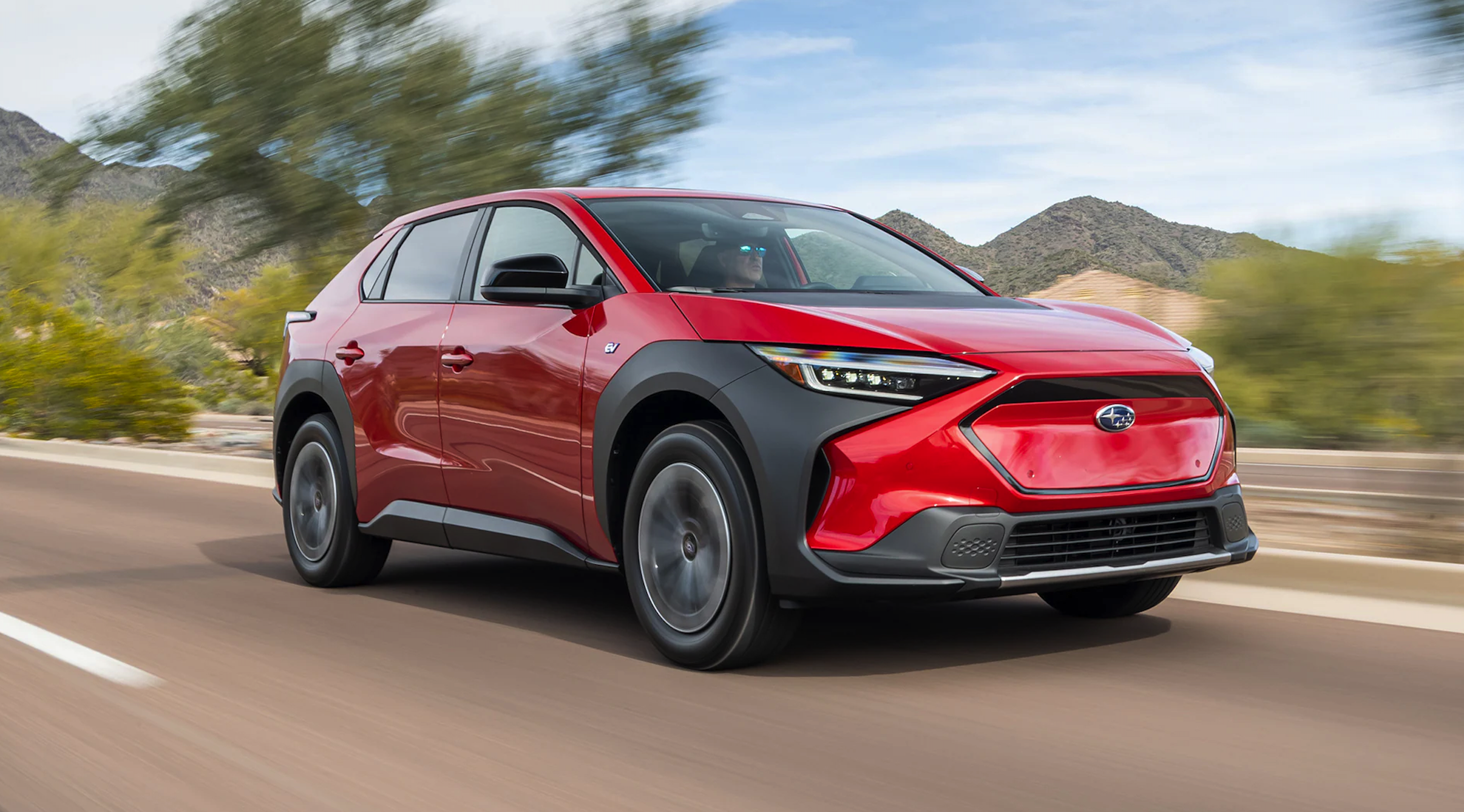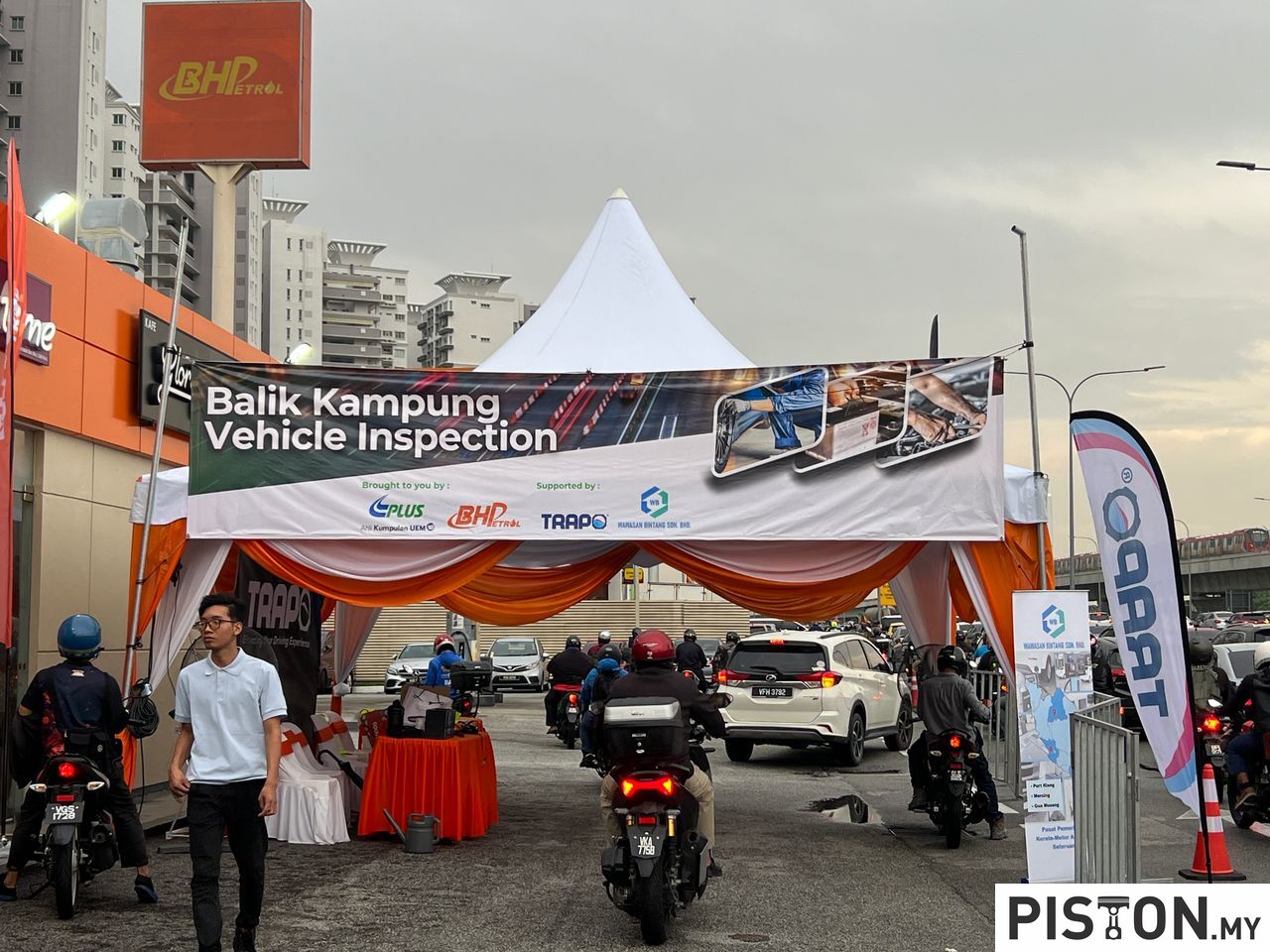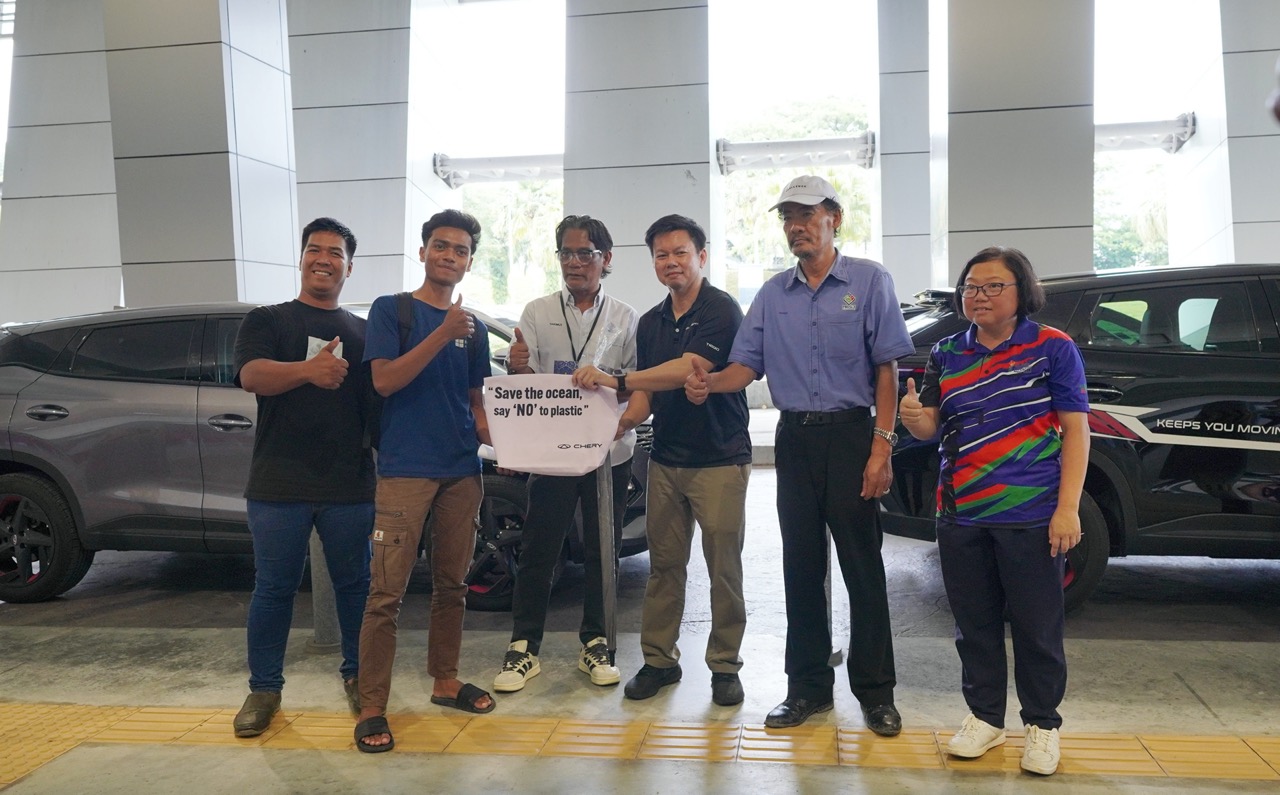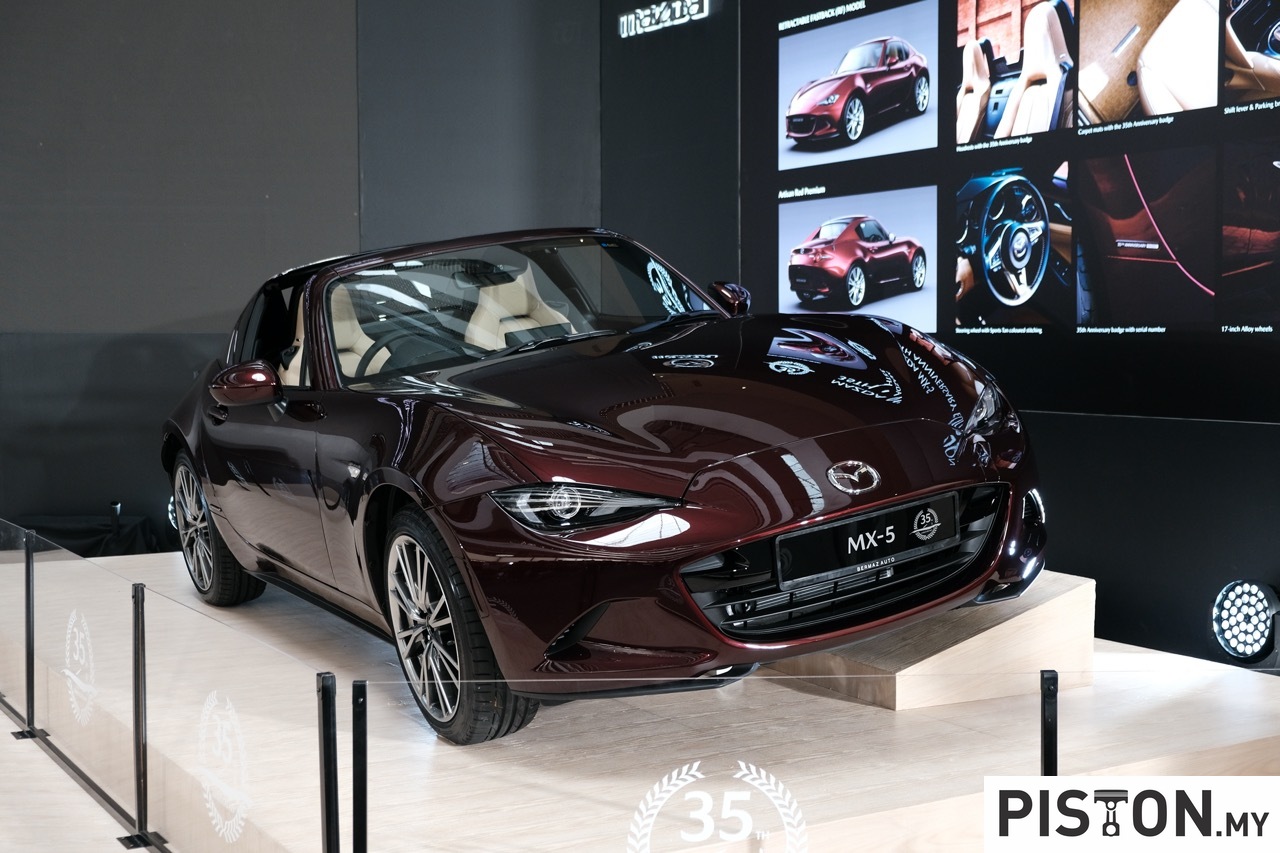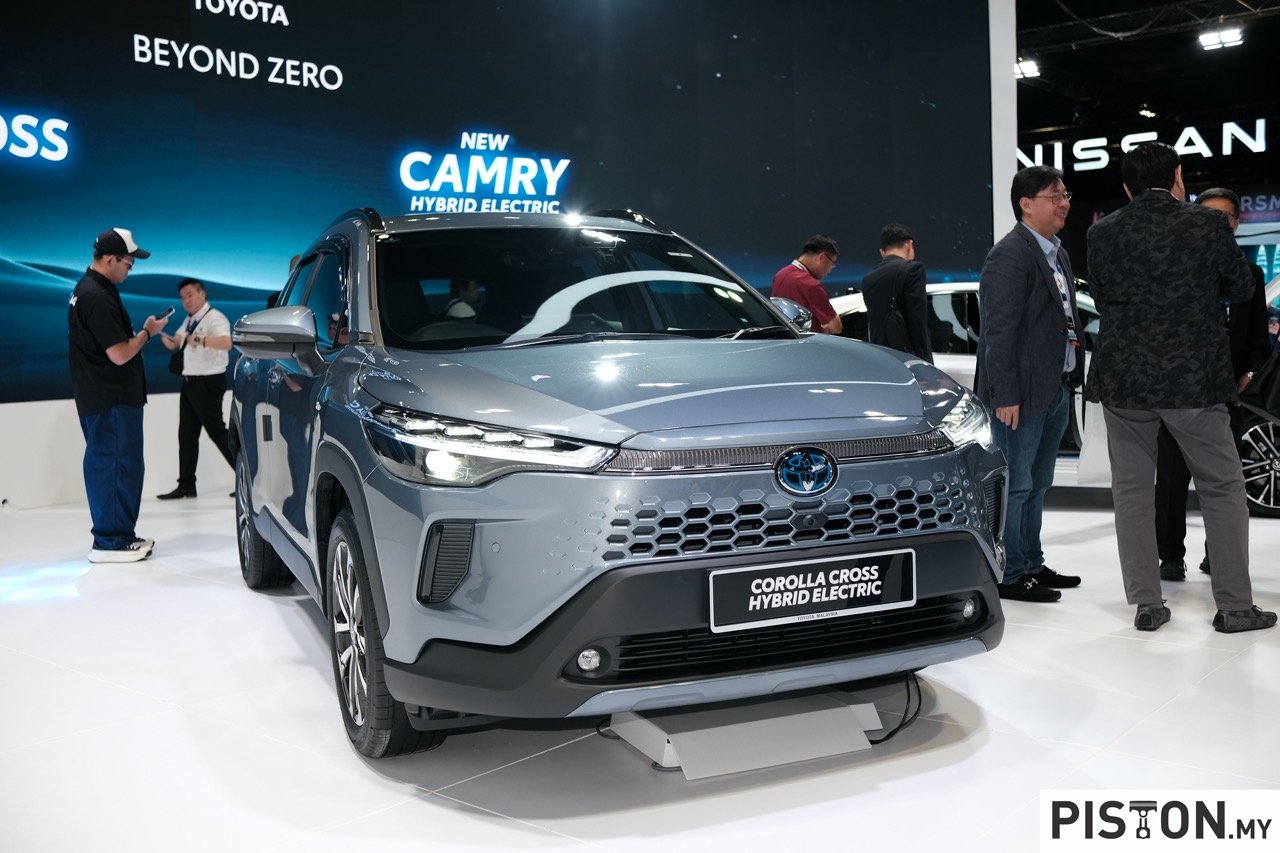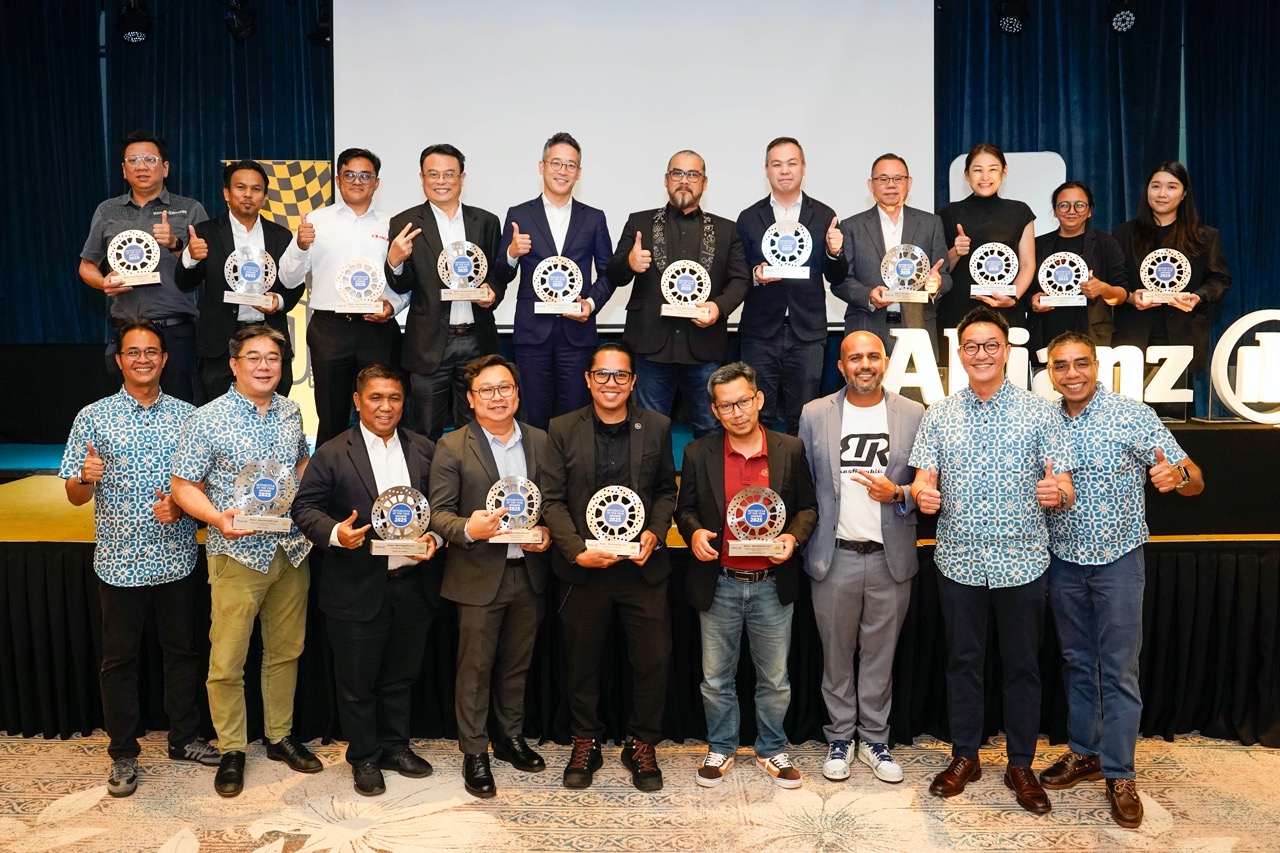Many of today’s electric vehicles (EVs) have a battery pack that can store a considerable amount of energy. The energy is used to power the electric motors that move the vehicle, but the battery packs can also be used as mobile power supply units in areas that have experienced natural disasters.
Nissan is exploring such an idea with the RE-LEAF, a working prototype based on its current LEAF EV. The RE-LEAF can be driven into a disaster zone and provide a fully mobile power supply for machinery or other equipment on-site used by rescue teams.
Electricity for all kinds of devices
Alongside modifications to navigate roads damaged or covered in debris, the RE-LEAF has weatherproof plug sockets mounted directly to the exterior of the vehicle. These can be connected to 110V to 230V devices which can be supplied electricity from the car’s high-capacity lithium-ion battery pack.
The integrated energy management system can run medical, communications, lighting, heating and other life-support equipment.
“We’re constantly exploring ways that electric vehicles can enrich our lives, beyond just zero-emission transportation,” said Helen Perry, Head of Electric Passenger Cars and Infrastructure for Nissan in Europe. “Concepts like the RE-LEAF show the possible application of EVs in disaster management and demonstrate that smarter, cleaner technology can help save lives and provide greater resilience.”
Real-world applications
Nissan developed the RE-LEAF to demonstrate the potential of electric vehicles in disaster recovery. Although it’s just a working concept, the technology is already being used in the real world. In Japan, Nissan has used the LEAF to provide emergency power and transportation following natural disasters since 2011, and the company has formed partnerships with more than 60 local governments to support disaster relief efforts.
Natural disasters are the biggest cause of power outages. A 2019 World Bank report found natural shocks and climate change caused 37% of outages in Europe between 2000 and 2017, and 44% of outages in the U.S. over the same period.
When a disaster hits, the time for electricity supply to be restored is typically 24 to 48 hours, depending on the severity of the damage. During that period, EVs can provide zero-emission mobile emergency power.
Portable power station
Acting as a portable power station, the latest LEAF e+ model with a fully charged 62 kWh battery pack can provide enough electricity to power the average European household for 6 days. As a disaster recovery vehicle, it can power multiple devices simultaneously for a period of up to 24 hours.
Some examples which use 230V power are an electric jackhammer, pressure ventilation fan, 10-litre soup kettle, intensive care medical ventilator, and 100W LED floodlight.
Once electricity is restored to the area, the EVs can then be recharged and provide zero-emission transport – up to 385 kms for the LEAF e+.
Nissan EVs can also act as mobile storage batteries to supply homes and society with electricity during non-emergency situations through Nissan Energy Share, creating a distributable energy model that can be used to help stabilize supply and demand.
“Electric vehicles are emerging as one of the technologies that can improve resilience in the power sector,” Perry said. “By having thousands of EVs available on standby, either as disaster support vehicles or plugged into the network through Vehicle-to-Grid, they’re uniquely capable of creating a virtual power plant to maintain a supply of energy.”
